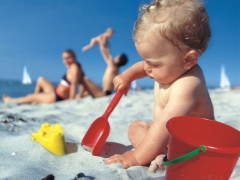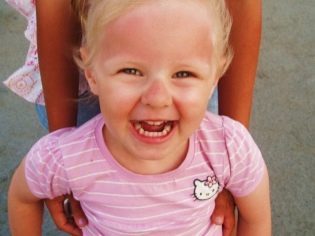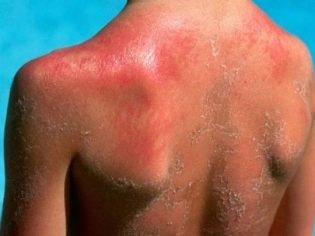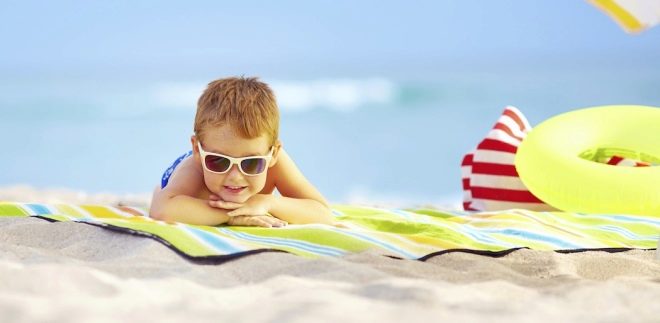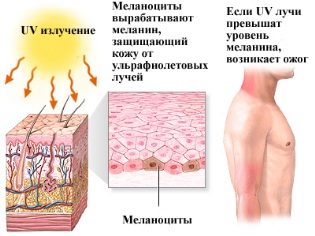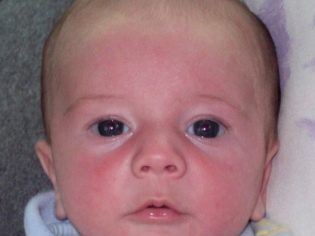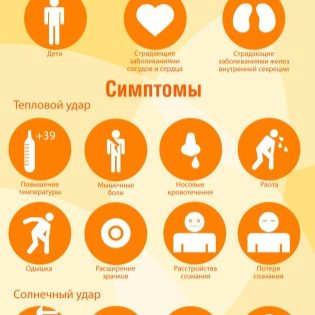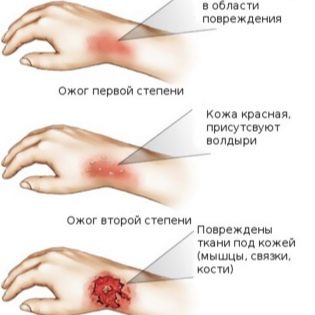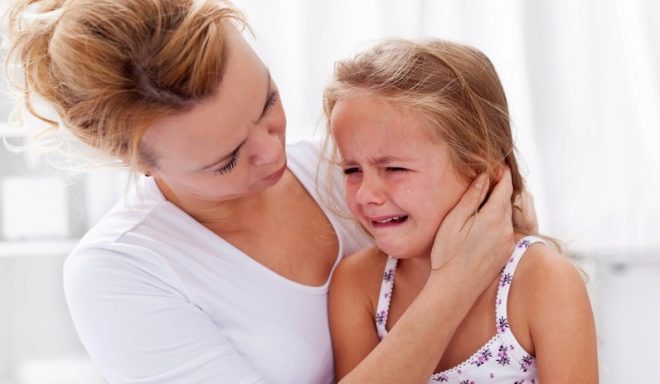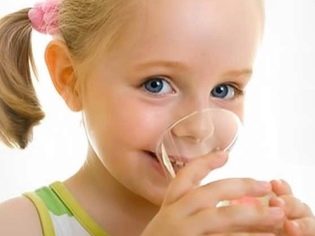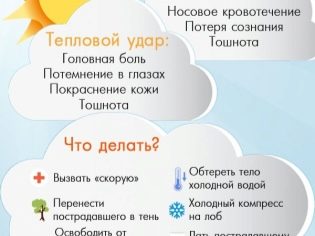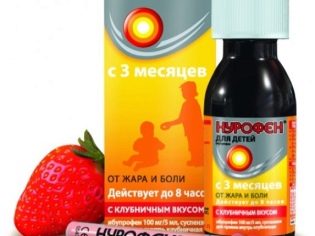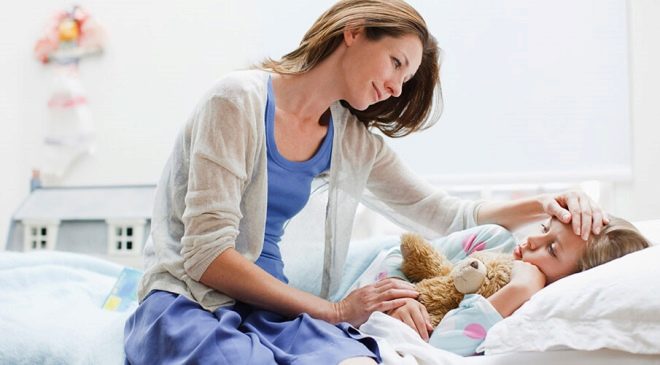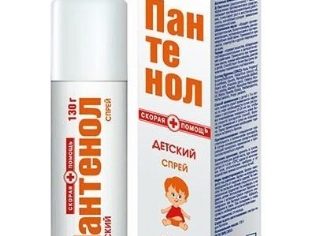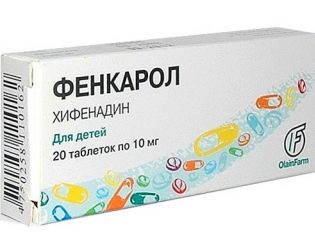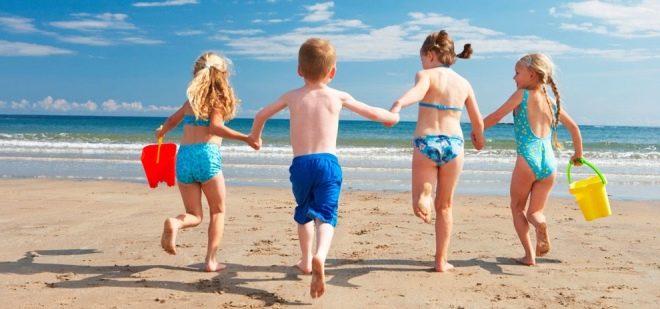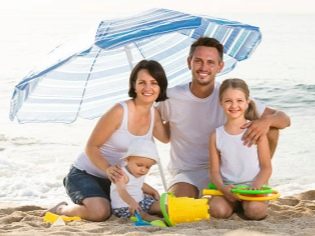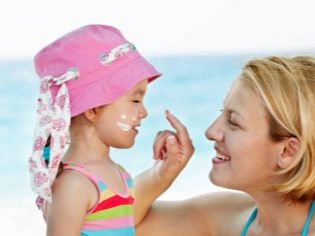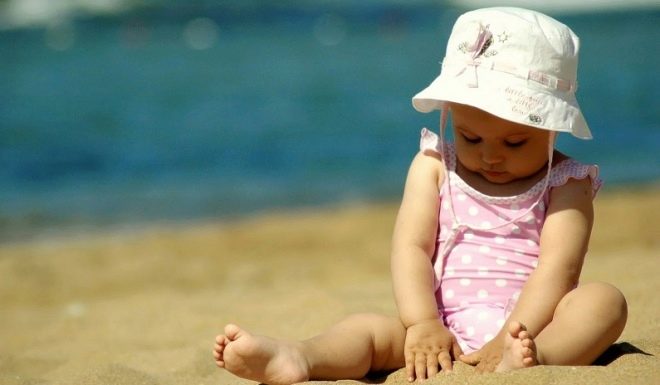Sunburn in a child
Staying in the sun is very useful for babies. But parents should be extremely careful, because just a few extra minutes in the sun can lead to sunburn in a child. What are burns, how to help the baby and how to prevent thermal damage to the skin, we will tell in this article.
What it is
Sunburn is damage to the outer layers of the skin when exposed to UV rays. In this case, the integrity of the integument is not violated. Sunlight consists of two components - a visible and invisible spectrum. We see sunlight - this is electromagnetic radiation. And feeling the heat, we perceive the invisible part, in particular - infrared radiation.
Invisible spectrum, in addition to infrared radiation, contains ultraviolet. Under its action in the body of the child produces vitamin D, melanin. If a person is a long time in the scorching sun, the infrared spectrum leads to overheating, heat stroke. And ultraviolet rays can harm much more serious.
In addition to thermal damage, they can cause photodermatosis, the appearance of pigment spots and even malignant skin ailments.
An adult, to burn, you need to stay in the sun without means of protection from half an hour and more. And so that thermal lesions come in a child, it is enough just 5-10 minutes.
Causes
The probability of burns is influenced by several factors - external and internal. To external include:
- season (in summer, when solar activity is higher, the risks are more serious);
- Times of Day (the sun is most aggressive between 11 am and 4 pm);
- geography of recreation - latitude and height (the greater the height above sea level, for example, in highlands, the more aggressive the sun's rays, the closer the latitude to the equator, the hotter the sun);
- landscape reflectivity (sand reflects 17% of the light of the sun, and water - about 20%, while the ground is only 5%. Record holder is snow. It reflects more than 80% of sunlight. Therefore, it is more real to burn on the sandy beach near the water and in the snowy mountains than walking in a field or forest).
Internal factors cause a tendency to solar thermal lesions:
- skin phototype (the blue-eyed white-skinned baby will burn more quickly and will be harder than his dark-skinned peer);
- age (the younger the child, the more dangerous the open sun);
- skin features (in infants and children up to 5 years the skin is very tender, its protective functions are poorly expressed, and therefore the probability of getting thermal burns is higher).
The burn itself develops due to the imbalance of the ratio between the amount of ultraviolet and melanin that is provided by nature. This brown pigment the body begins to produce as protection against UV rays. If melanin is enough, and there are few rays, then a beautiful and painless tan is formed. If the production of pigment "does not have time" for the rate of UV irradiation, then a burn develops.
When UV rays are injected into the skin, a huge number of photo radicals are produced, which are toxic products of metabolism. They destroy the cells of the outer skin layer - the epidermis. And the work of local immunity, which somehow tries to reduce the impact of photoradicals, explains why the skin reddens.
Almost always, a thermal burn in karapusov is accompanied by heat stroke to one degree or another.This is due to the imperfect system of thermoregulation in the children's body, which is very easy to shake even a slight external influence of the infrared solar spectrum.
Symptoms and signs
It is noteworthy that the signs of burn become visible only a few hours later. The first symptom is redness of the skin. The baby’s skin becomes dry, hot, and touching the baby can cause pain to the baby. At this stage the temperature usually rises, the child feels a strong chill. After expressed anxiety, the child rather quickly becomes lethargic and apathetic.
Further developments depend on the stage of sunburn. If she the firstthen the symptoms will end, in a couple of days the baby will feel better, the skin will recover quite quickly on its own. 2 degree burn - this is not only redness and temperature, but also the gradual development of vesicles and papules. Affected areas are blistered with a watery fluid. Such bubbles are rarely on the face, their favorite place is the skin of the back, arms, legs, neck. Sometimes there may be a slight swelling of the limbs.
When sunburn third degree In a child, the symptoms of systemic overheating - headache, nausea, swelling of the arms, legs, face - are added to the above symptoms. For a person with edema, there is a strong puffiness around the eyes and lips. 4 degree burn - This is a very strong sunburn that can cause death. When they are affected not only the outer layers of the skin, but also subcutaneous fatty tissue.
Related sunburn symptoms:
- sleep disturbance;
- appetite disturbance;
- manifestation of intoxication;
- capriciousness;
- signs of neurological disorders.
First aid
Even the mild stages of sunburn need first aid to a child. The algorithm of parental actions should be clear, coordinated:
- Rate visually the degree of thermal damage.
- As soon as possible the child should be moved to the shade.
- Provide plenty of drink. Water should not be too cold. Fizzy drinks are strictly forbidden.
- If the child is not a year old, you should call an ambulance. For older children, an ambulance call is required for a large area of burns, with symptoms of heat stroke - loss of consciousness, clouding of consciousness, headache, nausea and vomiting, and swelling.
- The child should not lie horizontally, it should be placed reclining - the head should be raised.
- With a baby you need to remove a maximum of clothing. Leave it only in panties.
- You can spray damaged skin with cool siphon water. Do not rub water, put ice. Normal spraying would be enough.
- When vomiting occurs before the arrival of an ambulance, it is imperative that the child be fed with oral rehydration means, this “Regidron"Or" Humana Electrolyte. "
- With a rare increase in temperature above 39.0 degrees, an antipyretic agent should be given at an age dosage. Children under 12 years old - “Paracetamol” “Nurofen”, “Ibuprofen”, older children - one of these or any other drug.
In order not to jeopardize the health and life of the child, it is important not to make common mistakes. It is strongly not recommended to apply alcohol-based products to burned skin areas for children. It is not necessary to smear the skin with fat cream, butter, greasy sour cream.
It is forbidden to send a child in a cool shower or in a cold bath - this can cause a sharp spasm of blood vessels with the appearance of convulsions.
Treatment
Not all sunburns doctor will allow to treat at home. If a child has a second or higher degree of burn, if symptoms of heat stroke have joined him, hospitalization will be offered. To abandon it should not be. In a hospital setting, the baby’s skin will be processed topically, while simultaneously injecting drugs to relieve the symptoms of intoxication, replenishing the water-salt balance in the body.
However, in most cases, it is possible to treat a thermal injury, obtained in the open sun, at home, because children in fact rarely have severe sunburn. The most difficult will be the first day. It is for 24 hours that the pain increases.
The treatment is mainly symptomatic. At temperatures above 39.0 degrees - give antipyretics ("Paracetamol», «Ibuprofen"). With regard to the newborn child, such a heat is not expected, and they are given medicines to lower the temperature after the temperature of the thermometer exceeds 38.0 degrees.
It is important to give your child more to drink. If he refuses water or cool tea, you need to drink a teaspoon or a disposable syringe without a needle. Early-stage burns are lubricated with healing anti-inflammatory drugs. Suitable creamBepanten"Or spray"Panthenol". Apply them to burns should be 4-5 times a day. At the next stage, when the skin begins to peel and itch, you can lubricate it with baby cream.
Ointment and cream should be applied carefully, trying not to injure the skin, especially not to violate the integrity of the blisters, if any. Otherwise, the probability of infection increases dramatically. From the same considerations, it is not necessary to bathe the child during treatment with washcloths and brushes.
Of folk remedies for sunburn, aloe juice helps a lot. Freshly squeezed juice is applied to lesions and left to dry completely, 3-4 times a day.
If a child has edema, antihistamines can be given with the doctor’s permission (“Fancarol», «Suprastin», «Loratadine") In the age dosage. They will help reduce puffiness and prevent the development of photodermatosis (allergies to sunlight). The best way to relieve pain, if the inflamed skin prevents the child from falling asleep, - sprayAmprovizolOr anesthetic spray with lidocaine.
There is no universal remedy for sunburn. All funds are intended only to temporarily alleviate the condition of the baby. The cure in the full sense of the word will pass spontaneously. It is important that during the recovery period the child does not burn in the sun again, because repeated burns are harder and more difficult than the primary ones.
Effects
Light sunburns usually go away without consequences. More serious ones may have negative echoes in the future. Complications of thermal sun damage include:
- violation of skin pigmentation;
- the accession of a bacterial or fungal infection (most often, staphylococcus survives in the affected areas of the skin);
- the development of allergies to sunlight;
- the emergence and development of moles on the site of burns;
- development of large and dangerous nevi, which can degenerate into malignant tumors and cause skin cancer - melanoma.
Prevention
In order not to overshadow the rest in nature, by the sea, at a ski resort, it is important to take care of the safety of the child in advance. Taking a serious attitude towards preventing sunburn will help keep the whole family healthy:
- A child up to six months should not generally stay in the open sun. On the beach, this kid must be kept under an umbrella or awning. After six months, you should strictly limit the time spent in the open sun - depending on skin type, it should be from 5 to 10 minutes.
- Sunbathing with your child is best in the morning from 8.00 to 11.00, and then after 15 hours. During these periods, the sun's rays are not so aggressive.
- Be sure to use high-quality and safe children's sunscreens - creams, sprays, foams. For a light-skinned baby with blue eyes and blond hair, you should choose a product with UV protection from 30 to 50. On the package this parameter is indicated by the Latin letters SPF. A dark-skinned child with dark eyes and dark hair can buy a cream with protection from 15 to 30.
- Such funds are relevant if the child is resting on the beach or goes with his parents to the mountains. For an ordinary walk in the city or country conditions, away from water and sand, it is better to use creams and sprays with an SPF of 15 to 20 units. For a picnic by a river in a wooded area, a remedy with UV protection of 20-25 units is best suited.
Any remedy for protection from the sun "works" and protects the skin of the child for no more than three hours, and do not believe advertising labels on the packaging, which promise almost round-the-clock protection. If the baby is swimming, the protection time is rapidly decreasing.
- Some components of sunscreen begin to react aggressively with the skin when bathing in chlorinated and colored water. Therefore, with great caution should be resorted to such cosmetics, if you plan to swim in the outdoor pool with blue water. According to parents, the most popular and reliable are the following brands: NiveaSunCare, "Biokon", GarnierAmbre Solaire, Vichy, Bioderma, "Our Mother", Clinique.
It should be remembered that the open aggressive sun can not only burn the skin, but also burns the eyes of a child. Therefore, it is imperative to use a hat or a hat with a brim so that the child’s organs of vision are closed from exposure to the sun.
Why do sunburns occur, what factors increase their likelihood, how can they be helped and what means can they use? Dr. Komarovsky will answer all questions in the next video.
